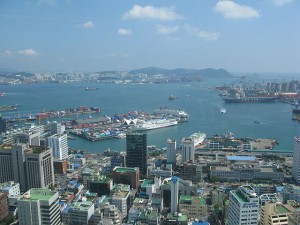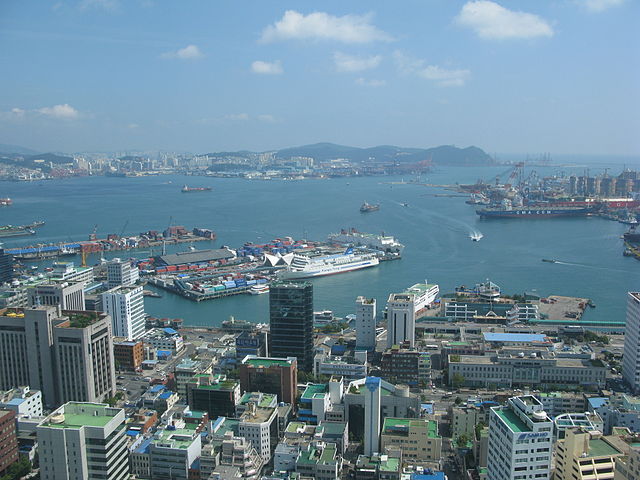
The manufacturing output of Singapore fell marginally by 0.5% in January on a yearly basis, the 12th consecutive month of decline, said the country’s Economic Development Board (EDB) recently.
Excluding biomedical manufacturing, manufacturing output fell 7% year-on-year.
On a seasonally adjusted month-on-month basis, manufacturing output increased 9.3% in January compared with the previous month. Excluding biomedical manufacturing, the output grew 4.4%.
Output of the biomedical manufacturing cluster grew 28.9% in January on a year-on-year basis. Among them, the pharmaceuticals segment grew 34.3% with higher production of active pharmaceutical ingredients and biological products. The medical technology segment increased 10.8%, on the back of higher export demand for medical devices.
Output of the electronics cluster increased 1.7% in January 2016 compared to the same month last year. Growth in the cluster was supported by higher output in the other electronic modules & components and semiconductors segments. The rest of the electronic segments registered output declines.
The chemicals cluster’s output fell 3.7% on a year-on-year basis. The specialties and other chemicals segments grew, while the petroleum and petrochemicals segments registered lower volume of production mainly due to plant maintenance shutdowns, according to EDB.
Korean makers feeling blue
In other news, Korean manufacturers continued to harbor bleak business sentiments for March, while their actual business conditions in February turned out to be worse than anticipated, a poll showed recently.
The business survey index (BSI) for manufacturing companies came to 66 for March, unchanged from the previous month when the index dipped to a seven-month low, according to the survey by the Bank of Korea (BOK).
However, the performance BSI for manufacturers, which shows the actual performance of manufacturing firms, came to 63 in February, said a Yonhap news report.
A reading below 100 means pessimists outnumber optimists.
The index has remained below the benchmark since 2010 and well below 80 since early 2015. South Korea’s exports fell every single month last year.
More manufacturers forecast that conditions for exports will continue deteriorating in March with an index gauging their sentiment toward exports losing a point from the previous month to 81.
A separate index measuring their outlook on domestic sales, on the other hand, gained 3 points on-month to 79 for March.
Still, more manufacturers saw the slowing domestic consumption as the most serious problem facing them, with 24% of those surveyed saying the slump in the local market provided the greatest challenge in February.
Another 10.1% cited slowing exports as a major problem that faced them this month, up from 9.5% in the previous month, according to the BOK.
Photo: Henri Bergius





